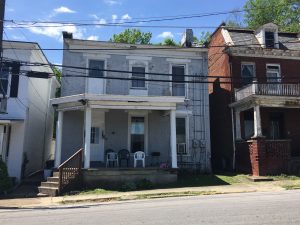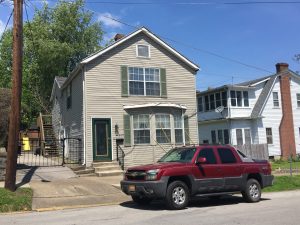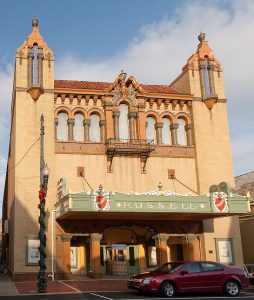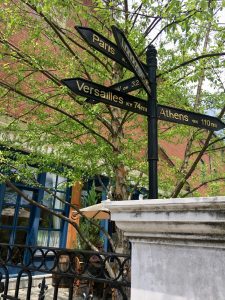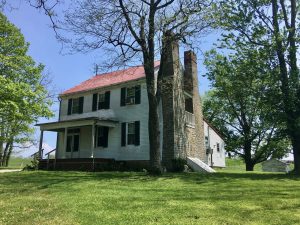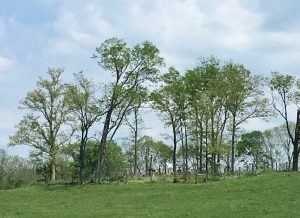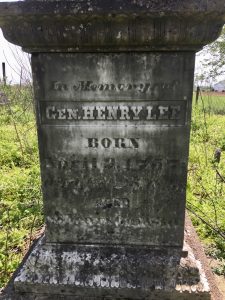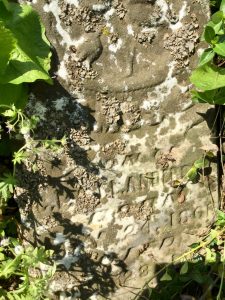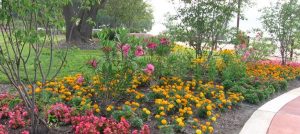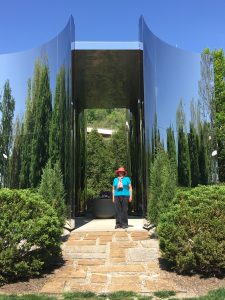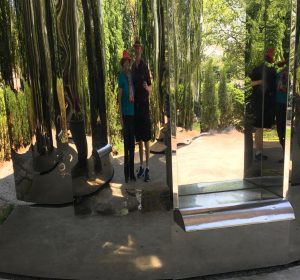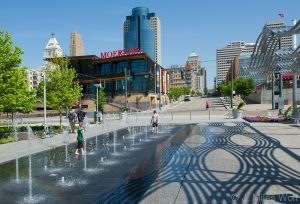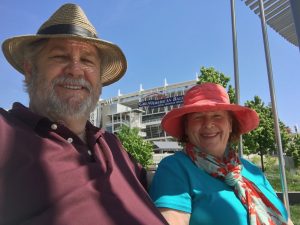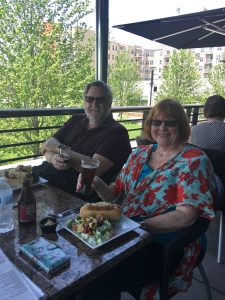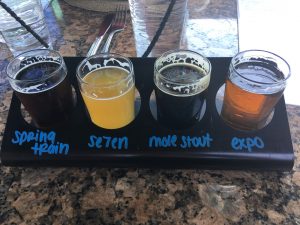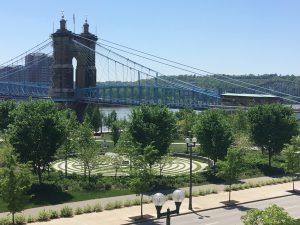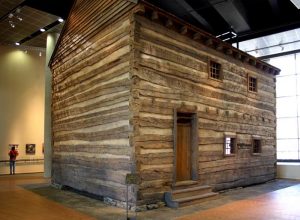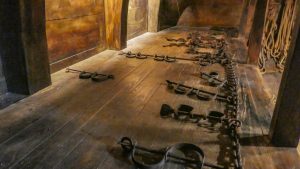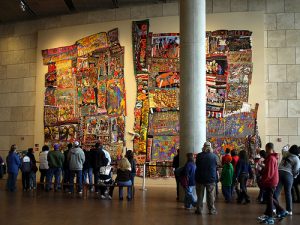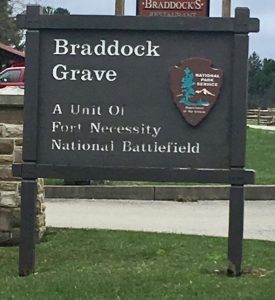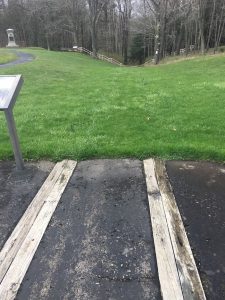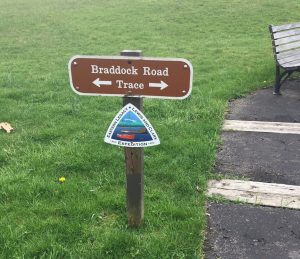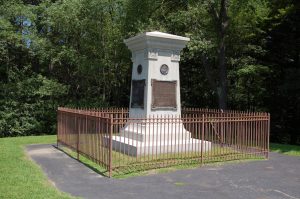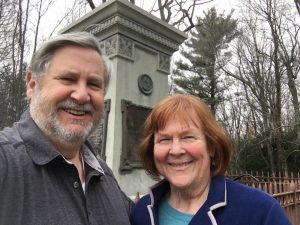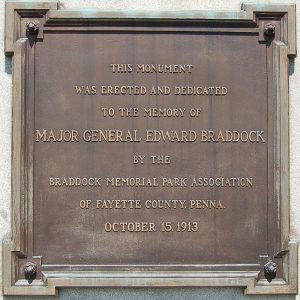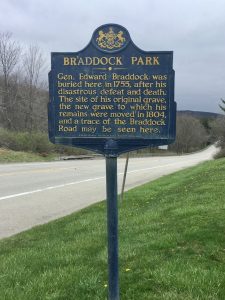I have realized, after all these years, that from time to time I need to take Janeen to a garden very so often. So after heading out after or Jim Beam adventure we made for Nashville and the Cheekwood Estate & Gardens.
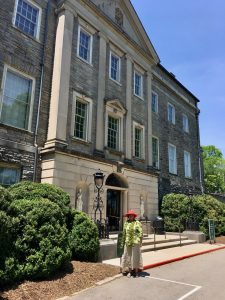
Once the family home of Mabel and Leslie Cheek, this extraordinary 1930s estate, with its Georgian mansion and 55 acres of cultivated gardens and expansive vistas, today serves the public as a botanic garden, woodland sculpture trail, and art museum.
After getting parked, we starting walking around first visiting the Trains – this exhibit was wonderful – an enchanted woodland theme with fairies and waterfalls, miniature worlds and trains running throughout the exhibit!
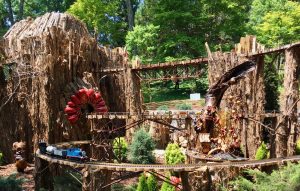
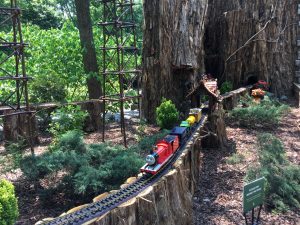
Certainly puts a smile on your face as one person said as we walked towards it. From the Herb Garden.
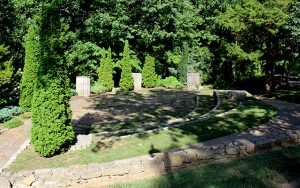
Herb Gardens are of course Janeen’s favorite having spent 5 or 6 year as a docent in the Herb Garden at the Huntington Library.
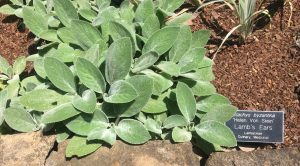
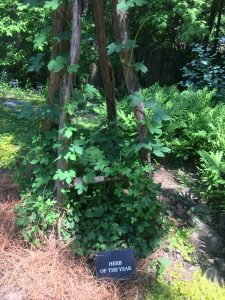
It was a nice display, not a lot of plants as compared to the Huntington, but well presented. This garden displays herbal plants that can be grown in Middle Tennessee. There are plants to touch and smell, to use for cooking, fragrance, dyes, fibers, and cosmetics. Next up was the Dogwood Garden.
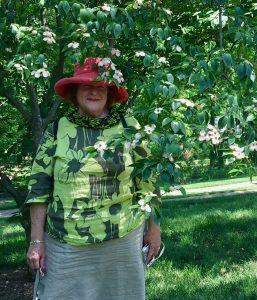
Unfortunately the dogwood plants were past the bloom but one could certainly imagine how it might have looked just a few short weeks ago.
As we continued our walk we ended up at the main house just as a docent lead tour was starting. The origin of Cheekwood, as a concept, is traced to a family story involving Mabel Cheek making sure her husband, Leslie Cheek, Sr., kept his word to build a bigger house that could hold a gilt mirror, too tall for their current home in the 1920s. Cheek allegedly told his wife, “I suppose we will have to either sell the mirror or a build a house to fit it in.”
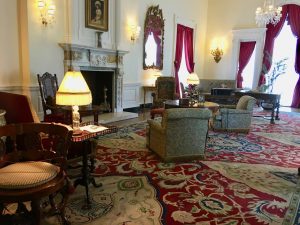
After reciting these options, the couple set out to combine their tastes, interests, and family names “Cheek” and “Wood,” the maiden name of Mabel Cheek, into the design of a grand estate, to be called “Cheekwood.”
Just like William Randolph Hearst did when building Hearst Castle in California, they went to Europe with buckets of cash and bought stuff – furniture, pieces of building (doors, stair cases, fire places – you name it and they bought it), art and everything they could think of.

This ended up being part of their new home.
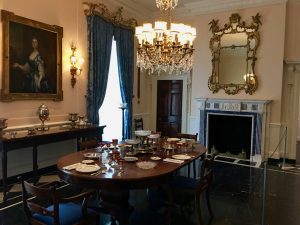
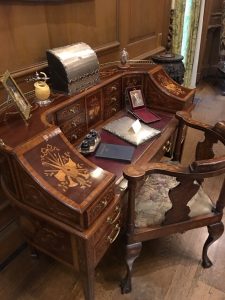
The house was completed in about 1933 and lived in until around 1957 when the family donated the entire estate to the City of Nashville resulting in a wonderful place to visit.
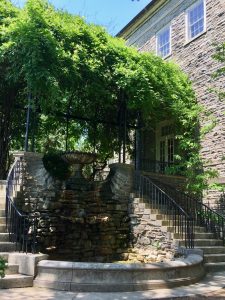
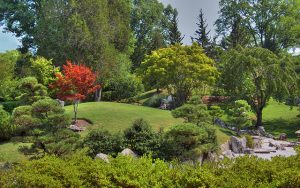
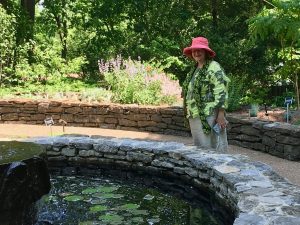
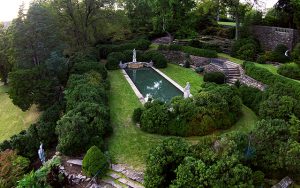
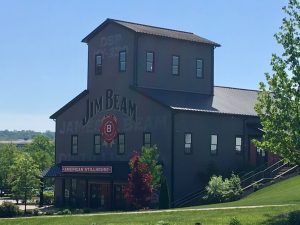
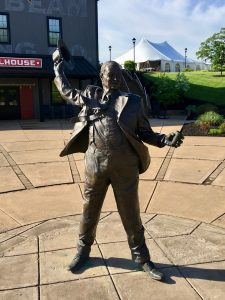
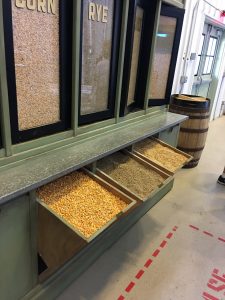
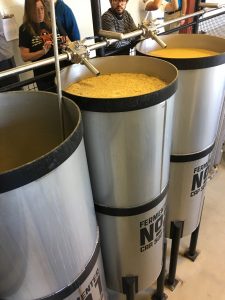
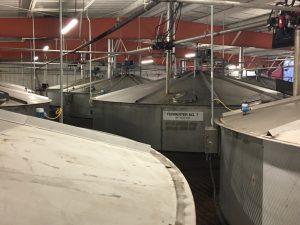
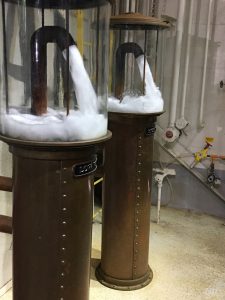
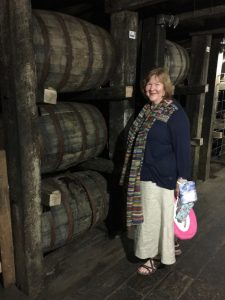
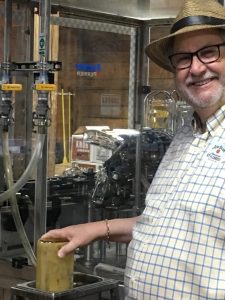
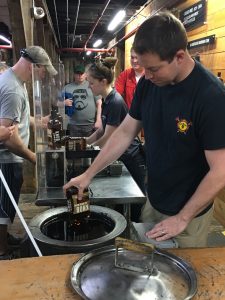

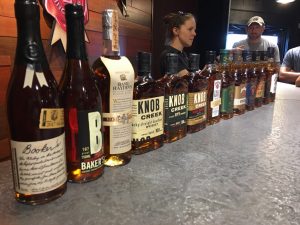
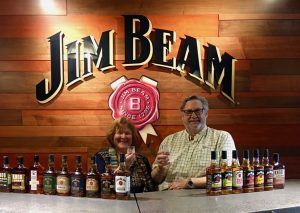
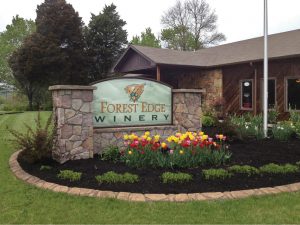
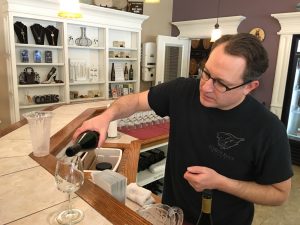

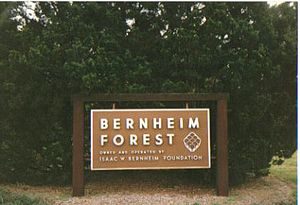

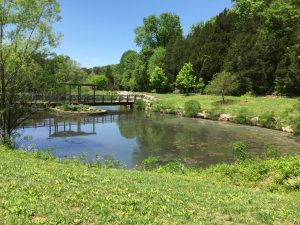
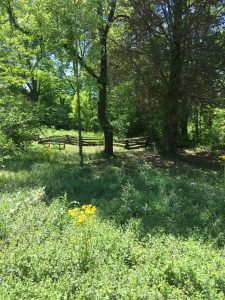

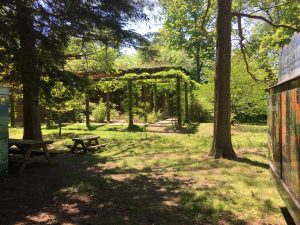
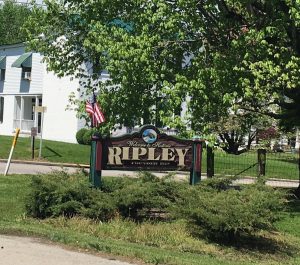 Ripley Ohio, where my dad was born, and then over the Ohio River to Maysville.
Ripley Ohio, where my dad was born, and then over the Ohio River to Maysville. located along the banks of the Ohio River, might be the County Seat (Mason County) but it still only has maybe 9,000 residents and I’m sure it was even smaller when my dad was growing up. Along the banks of the River there is a 10 or 15 foot wall built to protect the downtown area from flooding – which it has been know to do over time.
located along the banks of the Ohio River, might be the County Seat (Mason County) but it still only has maybe 9,000 residents and I’m sure it was even smaller when my dad was growing up. Along the banks of the River there is a 10 or 15 foot wall built to protect the downtown area from flooding – which it has been know to do over time.